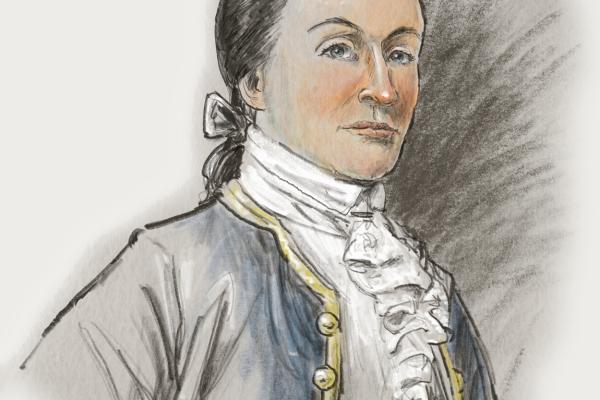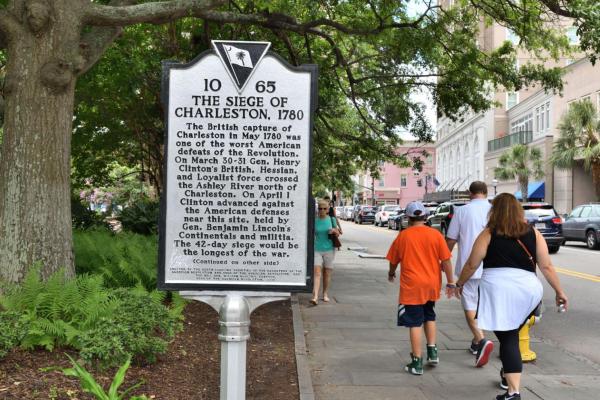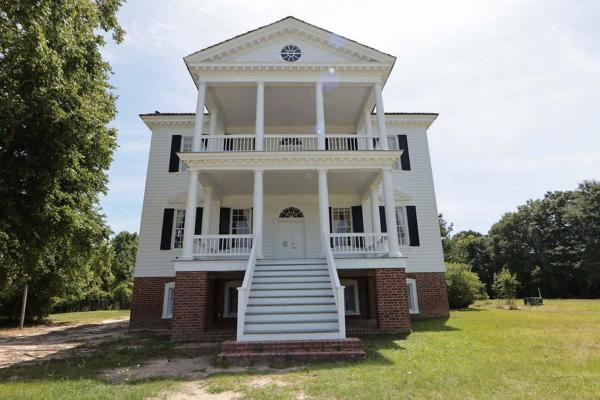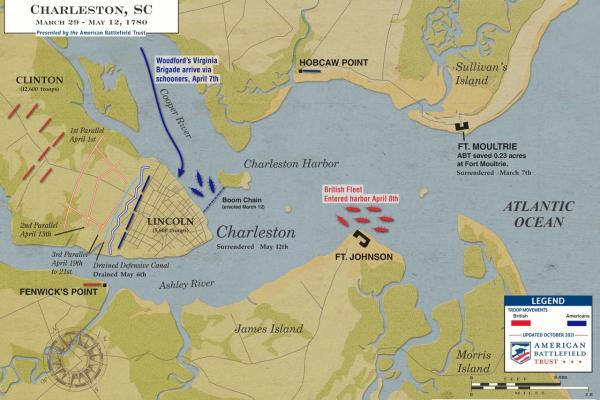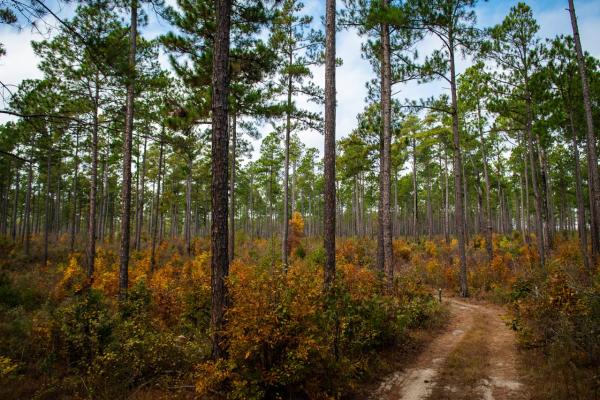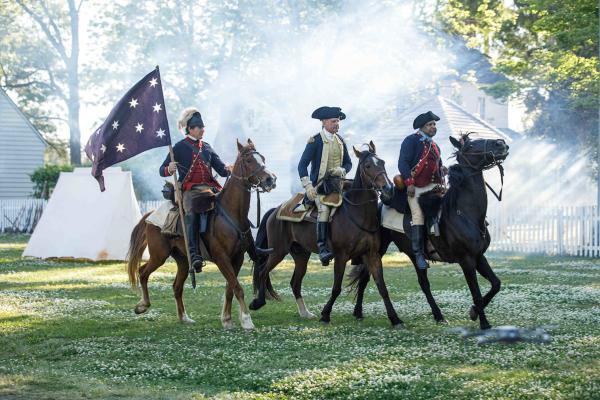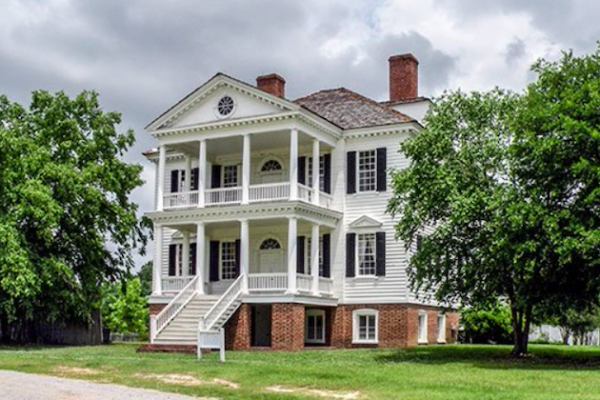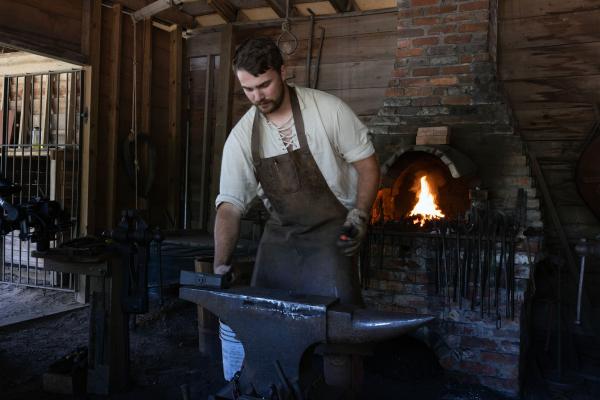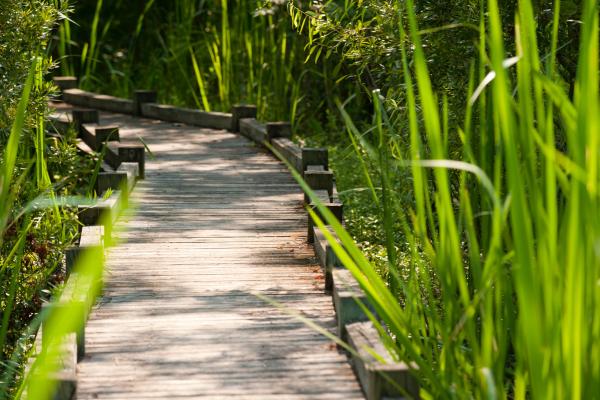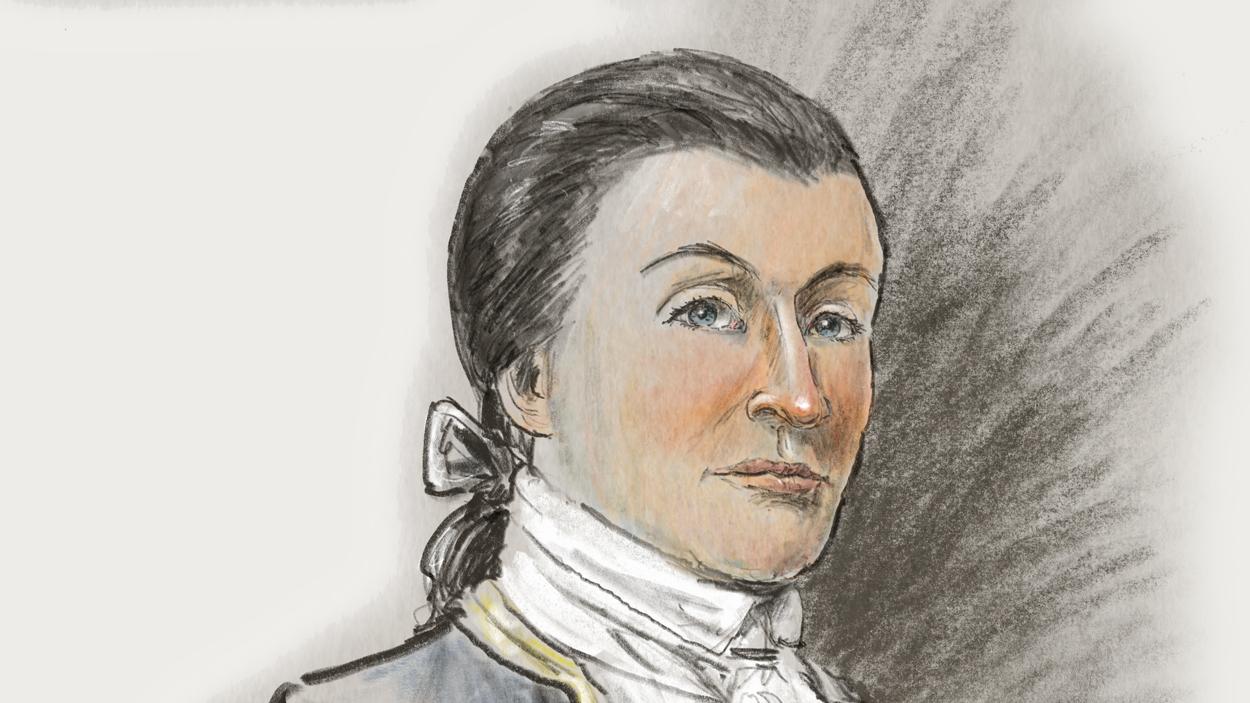
Rediscovering Charleston’s Revolutionary Outsiders
We know a lot about the exploits of our nation’s great leaders, but contributions to history by ordinary citizens are often buried over time. That’s why the recent rediscovery of a long-lost portrait of Charleston merchant Richard Lushington is so momentous. The miniature painting of an elegantly dressed eighteenth-century gentleman is small enough to fit in one’s hand but it provides a large view of those who fought in the Revolutionary War. Lushington, it turns out, was the captain of a Patriot militia company that included a significant number of Jewish men. It was called the Free Citizens of Charleston, or the Jews Company.
Why was Lushington, a Quaker, the head of this culturally diverse unit? Mostly, it was a factor of his occupation. Lushington had property in Charleston’s business district. Many of his fellow merchants were Jewish immigrants, who leased stores on the street level of King Street and lived in apartments above their shops. Muster rolls during the Revolutionary War were based on one’s address, so Lushington ended up commanding his fellow shopkeepers, who included Solomon Aarons, Moses Cohen, and Ephraim Abrams, among others.
But there was something other than trade that connected Lushington to his troops. They were all outsiders. While Quakers were tolerated in the southern port city, their anti-slavery views set them apart from the Charleston elite. Similarly, the Jewish immigrants who hailed from Europe were shunned by the predominantly English Anglican population. Lushington’s decision to take up arms for the cause of independence—a violation of the Quaker commitment to nonviolence—might have been an effort to gain acceptance into Charleston society. Jews who had experienced religious intolerance and discrimination in their native countries, might have enlisted with the Patriots to prove their commitment to their adopted homeland.
Lushington’s troops fought at the Battle of Fort Royal Island in 1779, the Siege of Savannah in 1779, and in the Siege of Charleston in 1780. When Charleston fell to the British on May 12, 1780, the Free Citizens were captured. Most militia units were released on parole, which meant that they could go home if they signed an oath pledging allegiance to the Crown. While several of the Free Citizens complied, others maintained their loyalty to the Patriot cause and fled Charleston for the safety of cities like Philadelphia or Baltimore, where they could reestablish trade. Because he was a commanding officer, Lushington was exiled to British-controlled St. Augustine, Florida. Released in a prisoner exchange in July 1781, he returned to military service as a lieutenant colonel.
After the war, Lushington was finally welcomed into the Charleston mainstream, serving as a city councilman and in the South Carolina General Assembly, where he voted for ratification of the United States Constitution in 1788. But in 1790, at the age of only 39, the Quaker commander died of typhus. Many details of his life were subsequently interred with him in the cemetery of Charleston’s Quaker Meeting House, which was destroyed by fire in 1838. Thanks to the sleuthing skills of George H. McDaniel, a historian at the South Carolina Battleground Preservation Trust, the portrait of Lushington was located and is now on display at the Charleston Library Society, about 100 yards from where Lushington was laid to rest. The gold-framed object focuses new attention on Lushington and his Free Citizens, securing the legacy of some of Charleston’s marginalized Revolutionary heroes.
--Amy Pastan for The Liberty Trail
Uncovering History
We invite you to visit the preserved locations along the Liberty Trail and to immerse
yourself in the extraordinary events that determined the fate of a nation.
